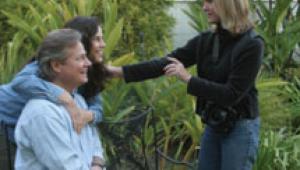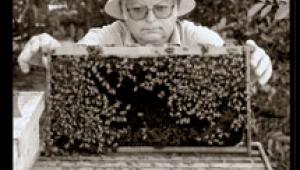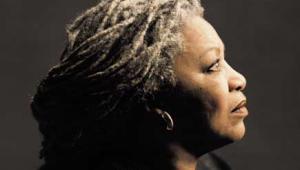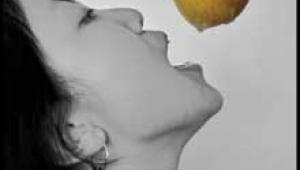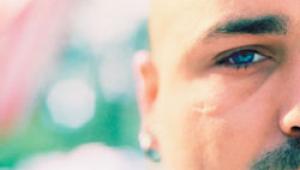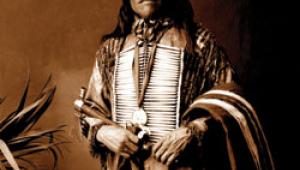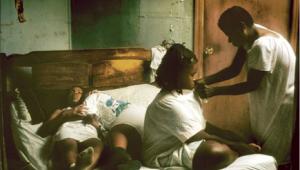Everyday, funny pictures are used by people for several varying purposes. Pictures can be very entertaining especially in occasions intended to bring fun to those attending them.
pictures
http://www.wallpapersbites.com/
Photojournalism Techniques for Amateurs Page 3
After shooting an event, the next step is to submit your pictures to a publication or photo buyer. If you're a free-lancer, try approaching a wire service like Associated Press or Reuters.
If you photograph something with national or international significance, then Kobré suggests going to a photo agency like Corbis, Getty, or Black Star.

If it's news, time is of the essence, says Kobré. "The photos
lose value as time goes by." He adds that you shouldn't be discouraged
if other photographers are on the scene--you could be the one with the
most intriguing images. Kobré also suggests returning to the scene the
day after an event, to take follow-up pictures if the situation warrants it.
Equipment of the Working Pro
Kobré says that working photojournalists rely on a variety of lenses--ranging
from wide-angle to telephoto--depending on the job. A wide-angle lens in
the 24--28mm range with a film camera and a 17--24mm lens with a digital
camera is often a popular choice. Kobré points out that photojournalists
who shoot candids use wide-angle lenses, and move in close to their subjects
for an intimate view. A 70--200mm zoom lens is also important to bring
the action in close. He recommends fast lenses with a maximum aperture of f/2.8.
You'll be using them indoors and out with available light, often with
ISO 800 film or the equivalent setting on a digital camera. Sports shooters
need even longer telephoto lenses and a motor drive to capture the action.
 Except at night, photojournalists try to avoid using direct flash, Kobré
says. In some situations, a photographer needs to be unobtrusive; one reason
to refrain from using flash. In other situations, the photojournalist may try
to preserve the natural light. These are the times when fast lenses and film
come into play. On occasions when flash is used, photographers try to mimic
natural light by bouncing electronic flash off a wall or ceiling. As bounced
light uses a lot of flash power, Kobré suggests shooting at maximum automatic
aperture for the flash and checking your confirmation indicator to ensure that
you're getting enough output to illuminate the subject. For consistent
results with bounced flash, the ceiling must be light-colored and not much higher
than 12 feet from the subject. "The bounce technique can't be used
effectively in a facility with high ceilings like a gymnasium." When shooting
in a gym, auditorium, or at night when you can't bounce the flash, you
may have to use direct flash when you want to ensure getting a sharp image,
rather than risking a blurred shot taken with available light at a shutter speed
that's too slow to stop the motion. A photojournalist must be able to
get a clear, well-exposed picture in any circumstance, according to Kobré.
Except at night, photojournalists try to avoid using direct flash, Kobré
says. In some situations, a photographer needs to be unobtrusive; one reason
to refrain from using flash. In other situations, the photojournalist may try
to preserve the natural light. These are the times when fast lenses and film
come into play. On occasions when flash is used, photographers try to mimic
natural light by bouncing electronic flash off a wall or ceiling. As bounced
light uses a lot of flash power, Kobré suggests shooting at maximum automatic
aperture for the flash and checking your confirmation indicator to ensure that
you're getting enough output to illuminate the subject. For consistent
results with bounced flash, the ceiling must be light-colored and not much higher
than 12 feet from the subject. "The bounce technique can't be used
effectively in a facility with high ceilings like a gymnasium." When shooting
in a gym, auditorium, or at night when you can't bounce the flash, you
may have to use direct flash when you want to ensure getting a sharp image,
rather than risking a blurred shot taken with available light at a shutter speed
that's too slow to stop the motion. A photojournalist must be able to
get a clear, well-exposed picture in any circumstance, according to Kobré.
For photographers shooting with color film, Kobré recommends always having
lots of it on hand--at least 10 rolls at all times, with the equivalent
of media storage cards if you're shooting digitally. "800-speed
film has made shooting indoors possible with beautiful results, utilizing ambient
light," he notes. Outdoors, Kobré advises photographers to use
ISO 200 film. Digital images can be transmitted anywhere you can find a phone
connection from a laptop computer. Photojournalists are even sending messages
via cell phones from their laptops. "For international coverage,"
he says, "pictures can be sent via satellite telephone anywhere in the
world."
 Another consideration is that cameras get beat up easily when shooting news
stories--it's a good idea to invest in one that can withstand abuse.
With rapidly changing digital technology, says Kobré, keep in mind that
you'll probably buy a new camera every few years anyway. It's also
a good idea to travel light with your equipment. Carolyn Cole, a Pulitzer Prize-winning
photographer for the Los Angeles Times, says that she shoots with one camera
body and two lenses when she's traveling on foreign assignments.
Another consideration is that cameras get beat up easily when shooting news
stories--it's a good idea to invest in one that can withstand abuse.
With rapidly changing digital technology, says Kobré, keep in mind that
you'll probably buy a new camera every few years anyway. It's also
a good idea to travel light with your equipment. Carolyn Cole, a Pulitzer Prize-winning
photographer for the Los Angeles Times, says that she shoots with one camera
body and two lenses when she's traveling on foreign assignments.
That Magic Moment
Kobré stresses the importance of being aware of the subject and background
simultaneously. Watch through your viewfinder and wait for that great moment
when the subject and background work best together. He says that the secret
of good composition is to watch the corners of the frame and decide quickly
what to include in your image, and what to leave out--"A good photojournalist
does all of this in an instant, on the fly."
- Log in or register to post comments

